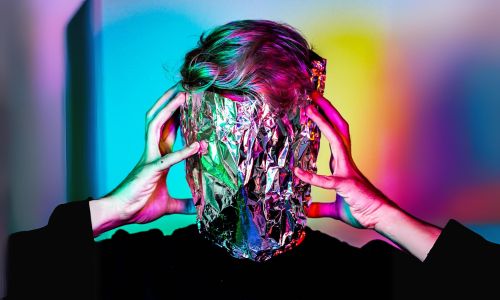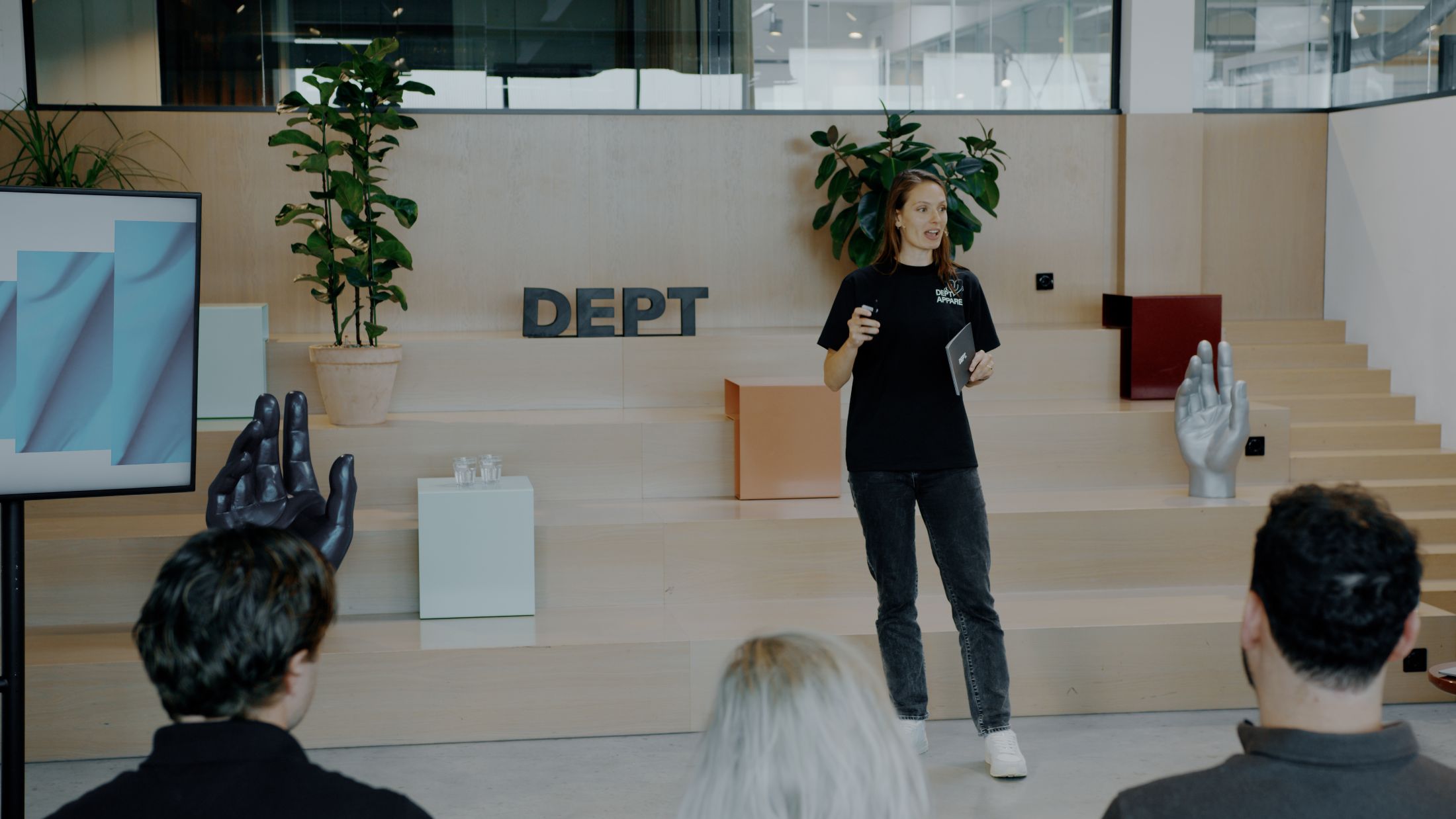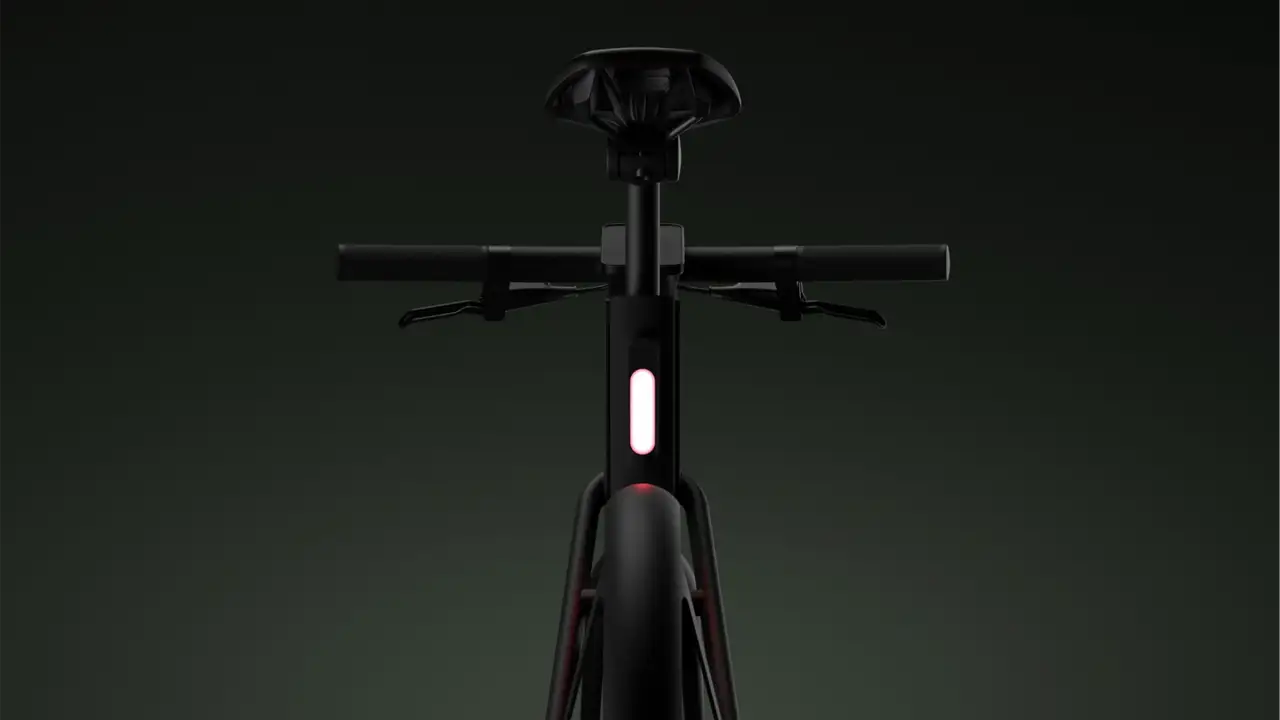What is weird?
Generally speaking, weird is all things unusual, bizarre, or unexpected.
Weirdness is also singular and original, the stuff we find whenever we think outside of the box. And, when it comes to advertising, that’s the stuff we’re looking for.
For our purposes, as we explore why weird works so well for advertising, let’s make some adjustments:
Weirdness is…Unusual DistinctiveBizarre EntertainingUnexpected Authentic
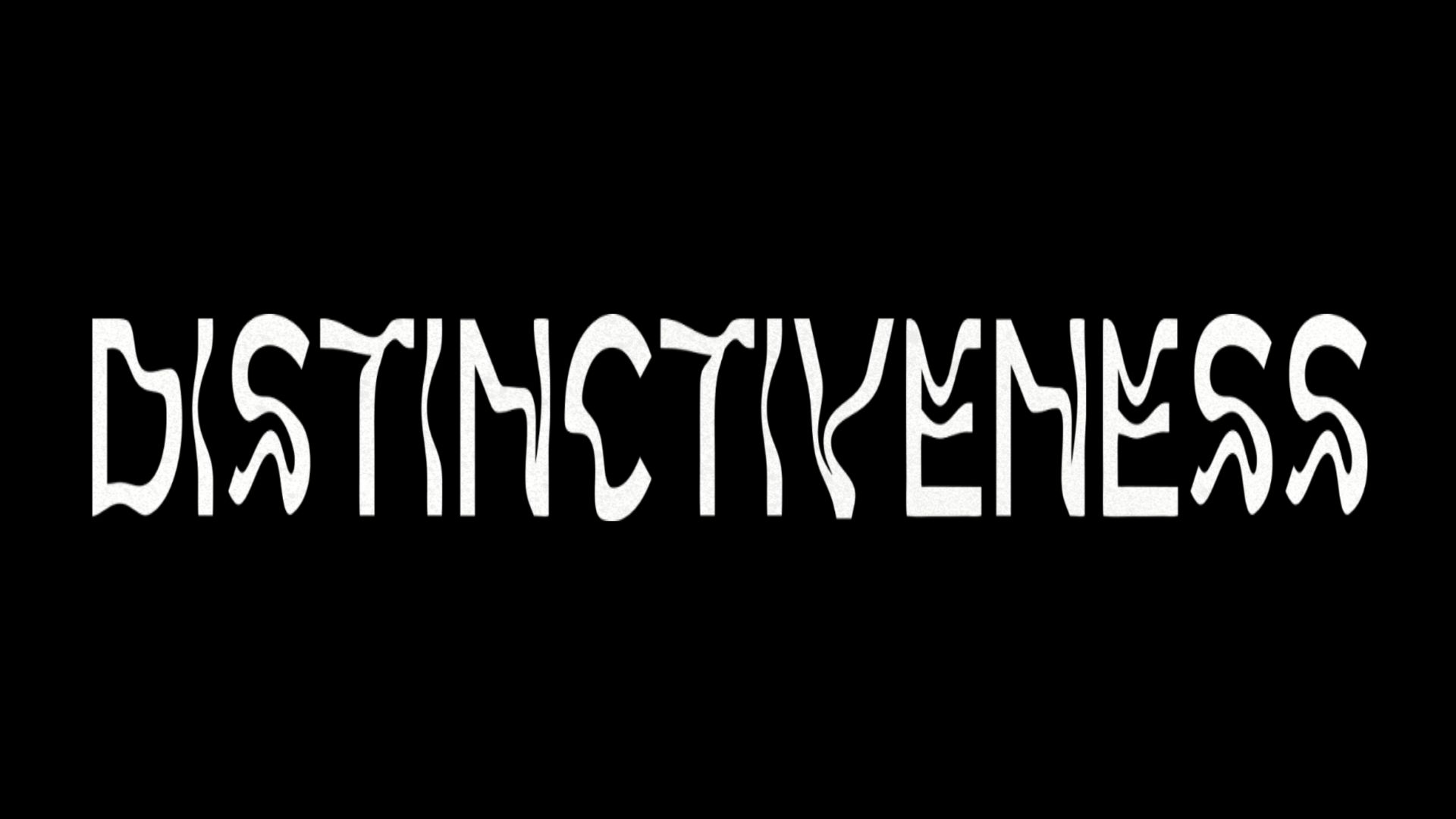
The Von Restorff Effect states that when multiple homogeneous stimuli are presented, the stimulus that differs from the rest is more likely to be remembered.
Weird stands out. By leaning into it, brands can have a memorable impression on audiences.
As Byron Sharp explains in How Brands Grow, brands all too often focus on explaining to customers why their product is different from their competitor’s version. Instead, their main priority should be just creating communications that are distinctive.
Brands that are easy to recall in buying situations are described as having good mental availability, which you can think of as mental real estate.
As people, we only have so much space in our brains. It’s no surprise that—with individuals consuming 74GB of information daily—around 90% of advertising goes unnoticed. That’s why securing a place for your brand within the fraction of information that people actually remember is considered a foundation of brand building.
To stick in people’s heads, you need to stand out. And to stand out, you need to figure out how to be the weirdo in your category.
Let’s go through some examples.
Some brands, for instance, build an entire identity on weird.

For others, weirdness is more intentional.
Like an unexpected ad or collab that ambushes consumers with surprise weirdness.
Being weird doesn’t always mean being overtly bold or excessive, either.
In some categories, the weirdo that stands out is the one that’s the most… ordinary.
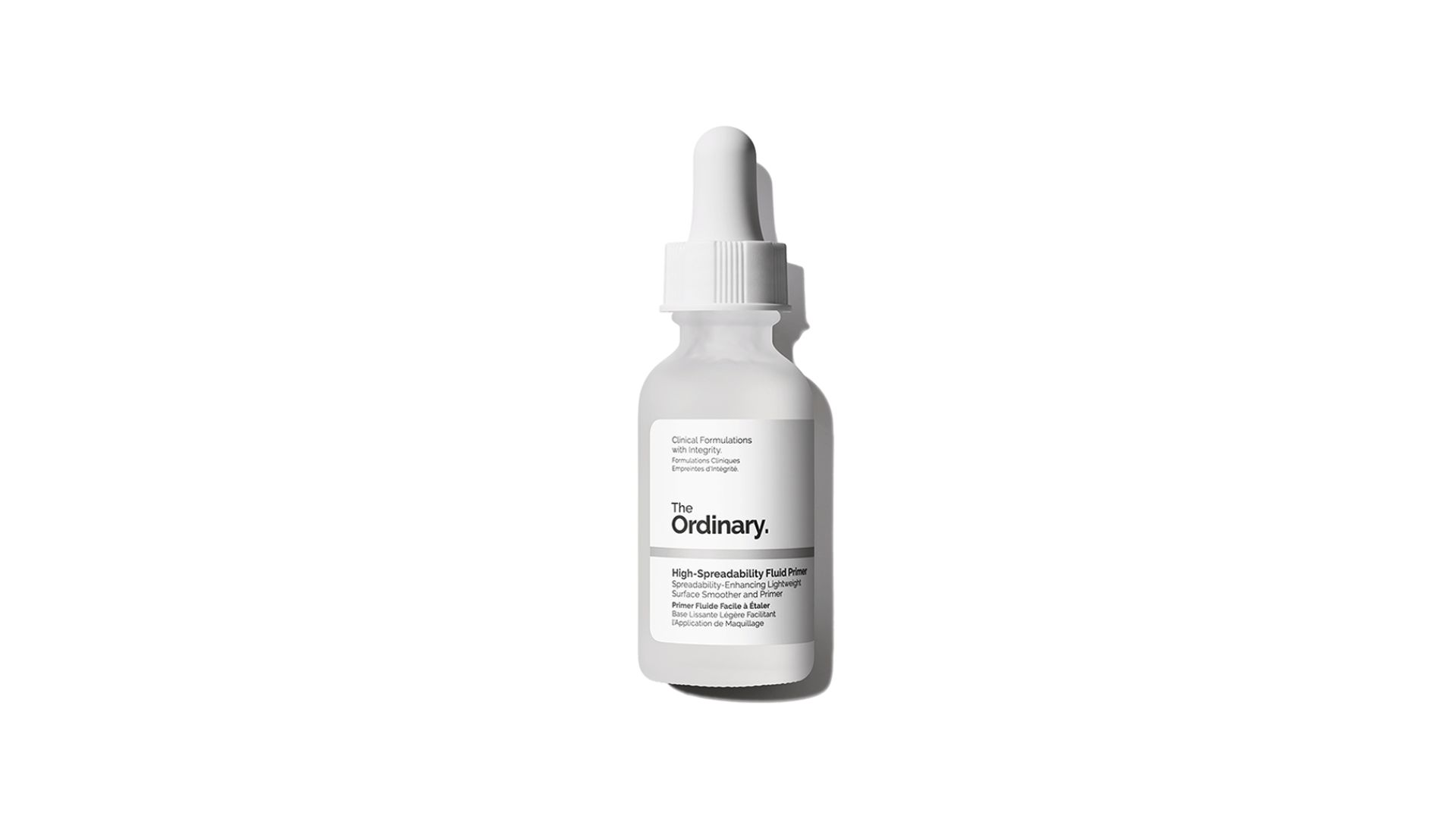
Takeaway #1:
The key to achieving distinctiveness with your brand is to figure out how to zig while everyone else zags.
In the era of the attention economy, the brands that win are the brands that that get people to look at their stuff.
To ensure your brand joins them in the winners circle, you need to take into account these guidelines from Howard Rheingold, author of Smart Mobs: The Next Social Evolution:
- Recognize that attention is a limited resource.
- Pay attention to where you pay attention.
On Instagram, where 95 million photos and videos are shared every day, what types of content do you pay attention to?
Odds are, it’s the most entertaining content.
No one has to watch your content in the world of social media—they have to choose to watch it. And to get people to choose your content, it has to be entertaining. Fortunately, weirdness is the perfect hack for creating entertainment.
After all…
Weirdness is
the opposite of boring.
Let’s face it:
Weirdness makes
people laugh.
And, most importantly,
weirdness can stop people in their tracks…
or in the middle of their scroll.
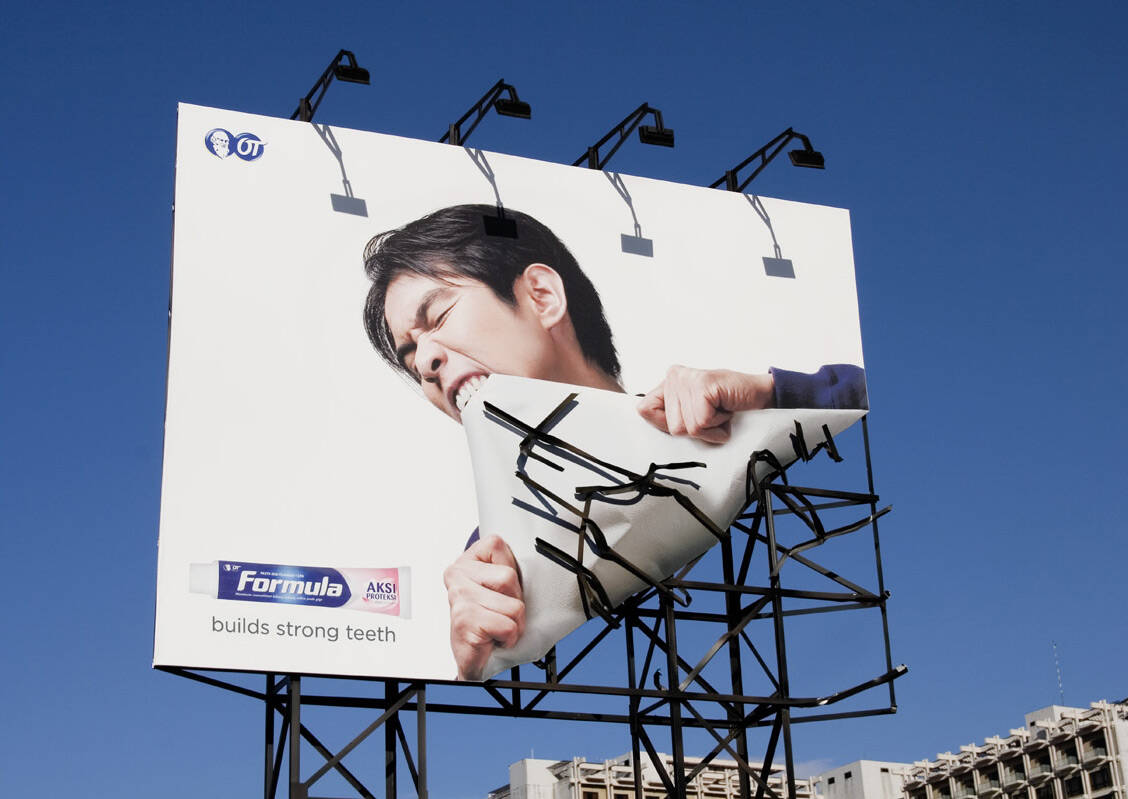
Takeaway #2:
In a world where entertainment is everything, weird is your secret sauce in the recipe for engagement.
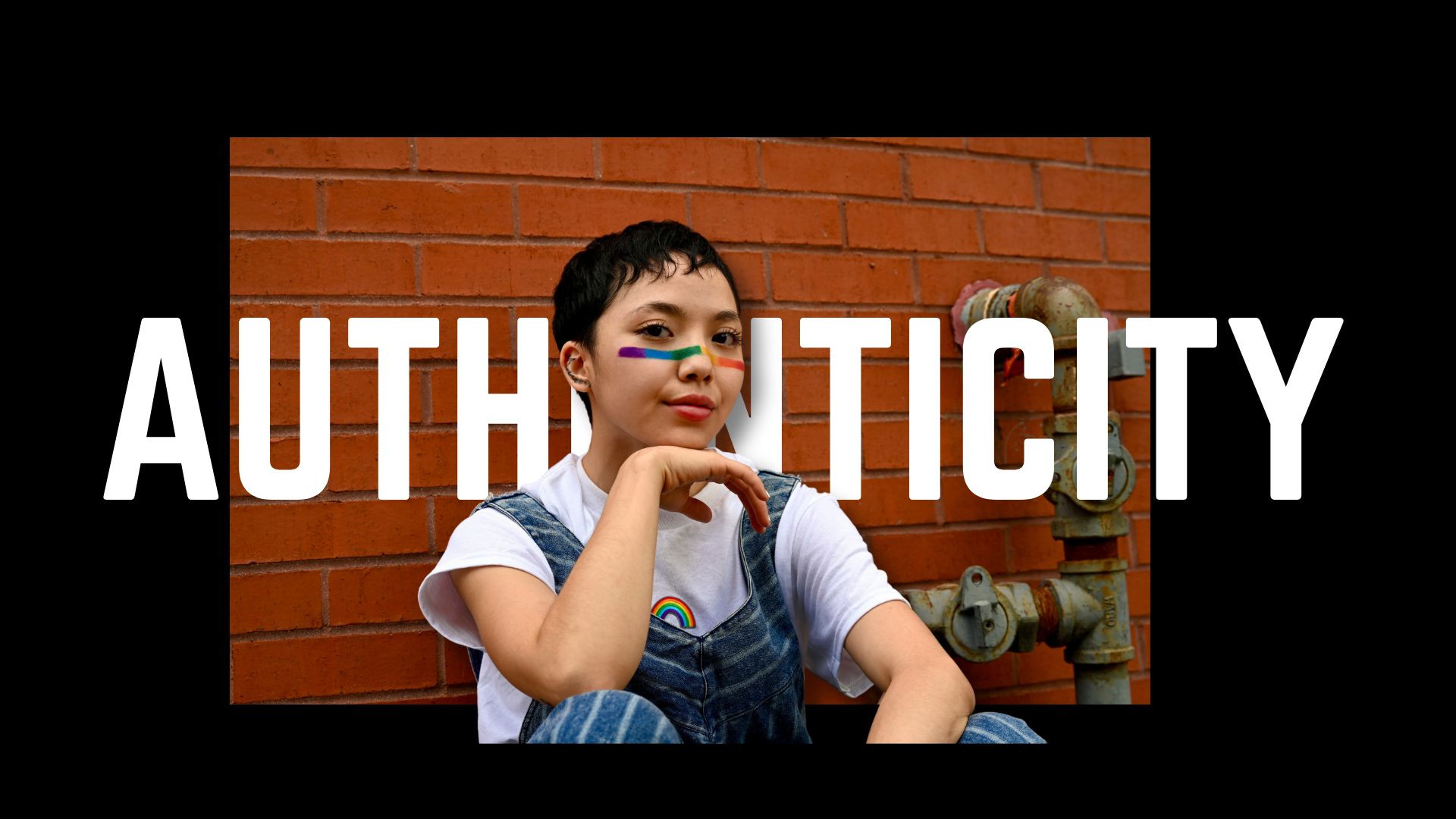
Let’s talk about Gen Z. This group of nearly 2 billion young consumers is an entire generation of weirdos.
Thanks to the internet, these digital natives represent the most interconnected generation ever. Having been exposed to infinite subcultures, lifestyles, genders, and sexualities, it’s arguable that Gen Z is the most progressive of any generation when it comes to their views and choices.
As a result, weird is normal for Gen Z. And, in turn, normal is weird.
- 67% of Gen Z prefer ads that show people in real situations.
- 65% of Gen Z dislike ads that make people look perfect.
- 70% of Gen Z like ads that show diversity in their representation.
Authenticity is the gold standard for Gen Z—they crave weirdness that feels real. That’s why the fastest growing brands in the world are the most authentically weird ones.
For example, there are brands
that do weird in a kitschey, homemade way.
The ones that are…
*ahem*
… a little rude in their weirdness.
And the ones who use the power of weird
to be a little rebellious.
Even drawing attention to something
bigger than their brand.
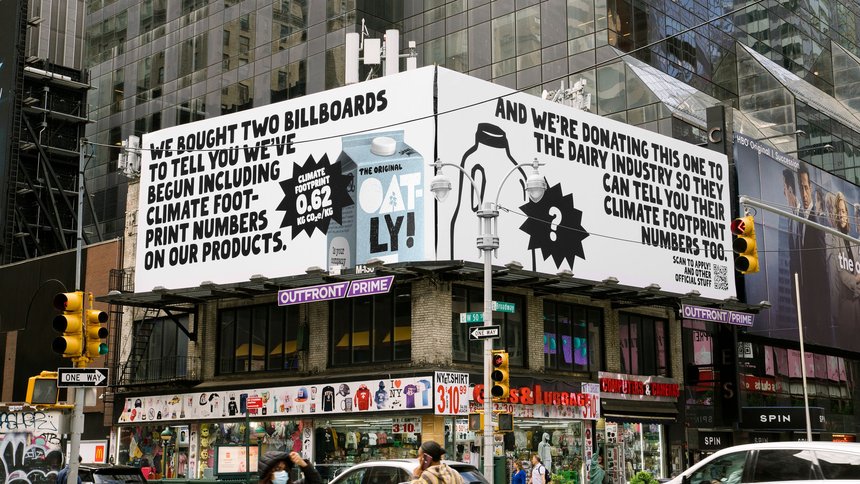
Takeaway #3:
While audiences like it when brands keep it real, reality isn’t boring.
So why make what your brand does boring? Be authentic to the weird world.
More insights
Want to get weird?
Executive Creative Director

